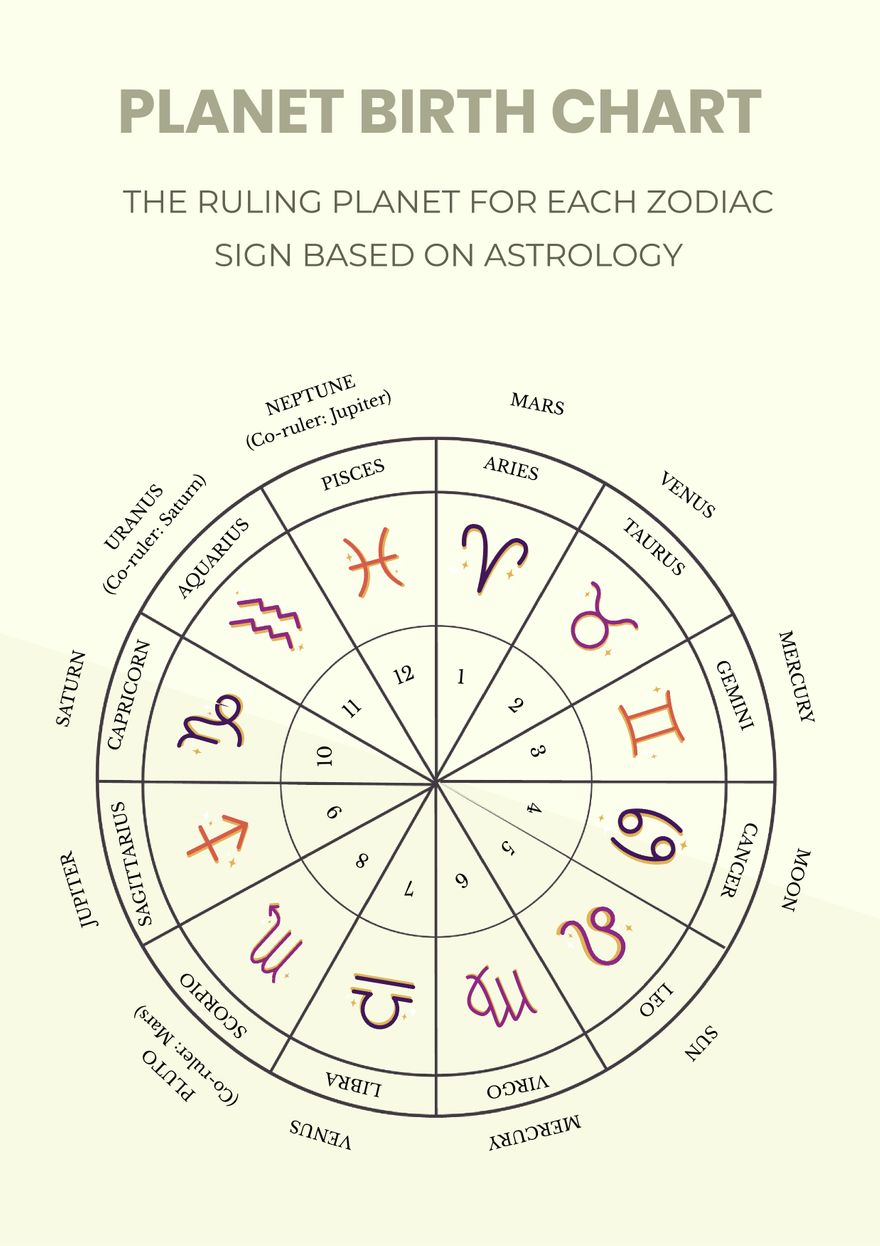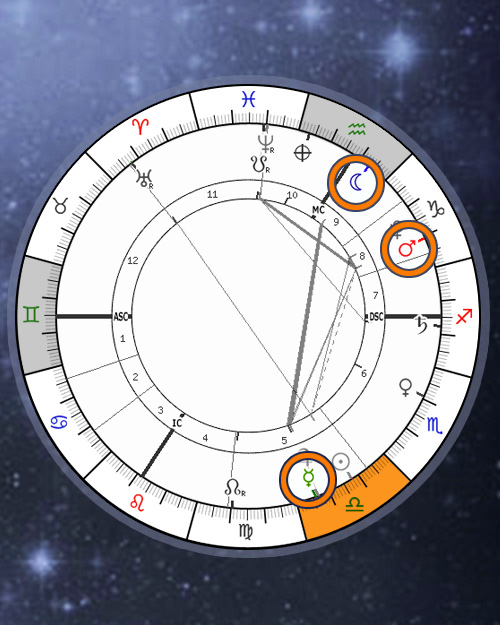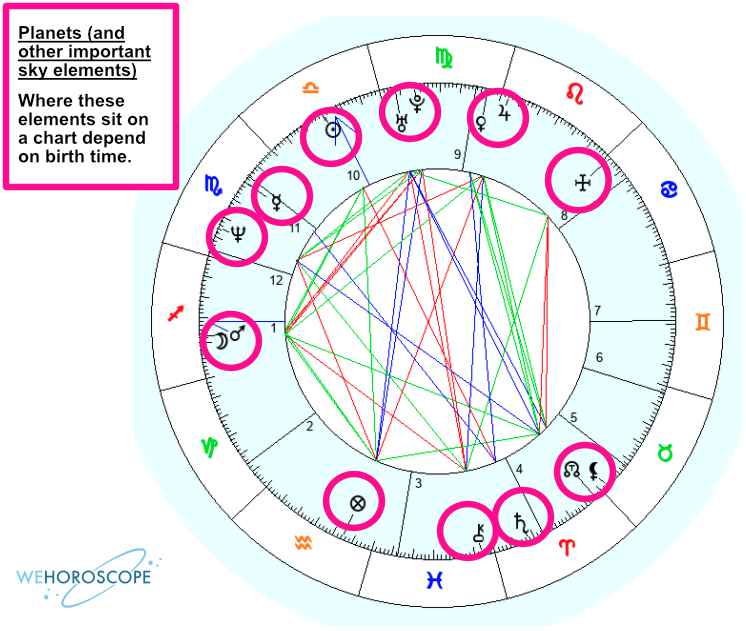How To Determine Dominant Planets In Birth Chart

Astrology, an ancient practice that seeks to understand human affairs and terrestrial events through the positions and movements of celestial bodies, has seen a surge in popularity in recent years. Amidst the rising interest in personalized insights, individuals are increasingly curious about their birth charts and, more specifically, the dominant planets that shape their personalities and life paths.
However, identifying these influential planets isn't as simple as pointing to the brightest star. It requires a nuanced understanding of astrological principles and a careful examination of various factors within the natal chart. This article delves into the complexities of determining dominant planets, offering a comprehensive guide based on established astrological techniques.
Understanding the Basics of a Birth Chart
A birth chart, also known as a natal chart, is a snapshot of the sky at the exact moment of a person's birth. It's a complex diagram that maps the positions of the Sun, Moon, planets, and other astrological points within the twelve houses and zodiac signs.
Each element contributes to a unique astrological profile. To determine dominant planets, astrologers consider several key factors, including placement by sign, house, aspects, and planetary rulerships.
Methods for Identifying Dominant Planets
Sun Sign and Ascendant
The Sun sign, often simply referred to as one's "sign," represents the core of the individual's identity and ego. The Ascendant, or Rising Sign, signifies the persona one presents to the world and their initial approach to life.
While not planets themselves, the Sun and Ascendant signs and their corresponding rulers play significant roles in shaping the overall astrological picture. The planetary ruler of your Sun sign, and the planetary ruler of your Ascendant, will always be important planets in your chart.
Planetary Placement by Sign
The sign a planet occupies influences how that planet's energy is expressed. For instance, Mars in Aries, its ruling sign, exhibits a strong and assertive energy. Conversely, Mars in Cancer, a sign of emotional sensitivity, might express itself more cautiously.
Planets in their ruling signs, exalted signs, or in mutual reception (where two planets are in each other's ruling signs) are generally considered to have more power and influence.
Planetary Placement by House
The houses represent different areas of life, such as career, relationships, and finances. A planet's placement in a particular house indicates where its energy is most focused.
For example, Venus in the 7th house, the house of partnerships, suggests a strong emphasis on relationships. Planets in angular houses (1st, 4th, 7th, and 10th) are generally considered more influential due to their prominent positions.
Planetary Aspects
Aspects are angles formed between planets in the birth chart. These angles represent relationships between the planets and can indicate harmony (easy flow of energy) or discord (challenges and tension).
Major aspects, such as conjunctions, oppositions, squares, trines, and sextiles, are particularly important. A planet with many close aspects to other planets, especially harmonious aspects, is often considered dominant.
Planetary Rulerships and Dignities
Each sign of the zodiac is ruled by a specific planet. A planet in its own sign (domicile) or exalted is considered to be in a position of strength and dignity, enhancing its influence.
Conversely, a planet in its detriment (opposite of its ruling sign) or fall (opposite of its exaltation) may have its energy weakened or challenged. Astrologers often examine the planetary ruler of the Ascendant, Midheaven (career point), and other significant chart angles to identify key planetary influences.
Weighting the Factors
Different astrologers may prioritize different factors when determining dominant planets. Some may place greater emphasis on planetary aspects, while others may focus on planetary placements by house.
It is important to consider all factors in a holistic manner. A planet might be in a strong sign but lack aspects, or vice-versa. The overall picture must be taken into account.
Using Astrology Software and Seeking Professional Guidance
Several astrology software programs and websites can automatically calculate birth charts and provide interpretations, including identifying potential dominant planets. These tools can be helpful for beginners, but they should be used with caution.
Automated interpretations are often generic and may not capture the nuances of an individual's chart. Consulting with a qualified astrologer can provide a more personalized and in-depth analysis.
The Future of Dominant Planet Analysis
As astrology continues to evolve, new techniques and approaches to determining dominant planets may emerge. Advances in technology and data analysis could potentially refine our understanding of planetary influences.
Ultimately, the goal of identifying dominant planets is to gain a deeper understanding of oneself and one's potential. By exploring these astrological insights, individuals can gain valuable perspectives on their strengths, weaknesses, and life purpose, empowering them to navigate their journey with greater awareness and intention.
















![How To Determine Dominant Planets In Birth Chart Dominant Planets Calculator FREE [All Signs] - Astro Seek](https://astrology-seek.com/wp-content/uploads/2023/03/dominant-planet-lies-in-sign-728x616.jpg)

